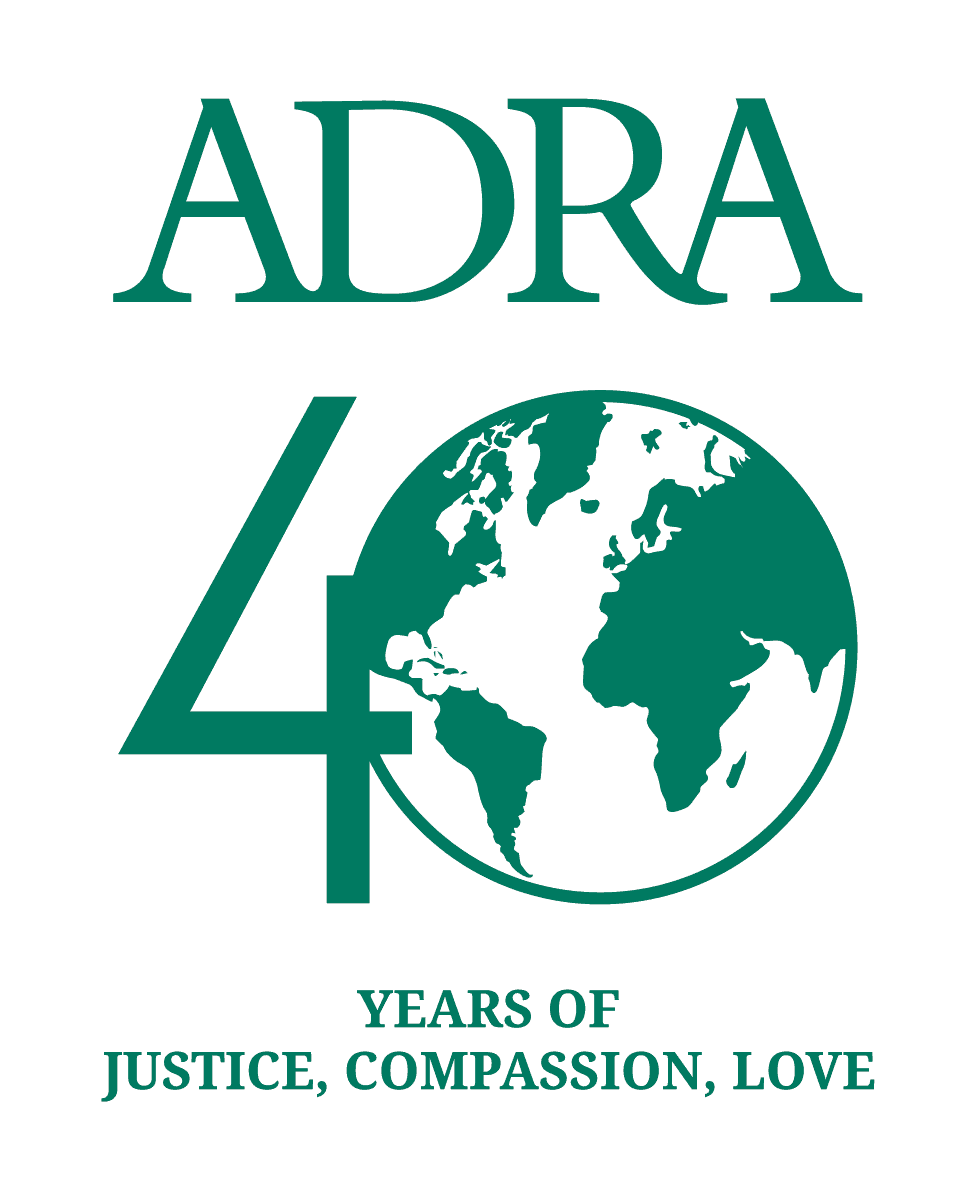Seeds of Hope: Behind the Scenes with Sanjay
There is a moment during every sunset when the world is drained of all ugliness and pain and only colors remain. In that ephemeral space of light and shadow, the world is beautiful.
Then the colors fade, the shadows lengthen, and the moment is gone.
In Adjumani District in northern Uganda, the contrast between pain and beauty is especially poignant. The horizon absorbs the blood red sun in a stirring panorama of primal splendor and the evening sky becomes a vast, cosmic easel.
And under it all there is profound loss and suffering.
When violence erupted in South Sudan, a mass exodus ensued. Hundreds of thousands of people, most of whom were women and children, fled only with what they could carry. In most cases, there was no time to carry anything more than an infant child or a handful of food and clothes. When these refugees reached Adjumani, the northernmost asylum in Uganda, they were homeless and destitute.
When I arrived in Adjumani, I thought I was prepared to confront the horrific results of war. I was wrong. For example, nothing in my privileged life could have prepared me for the moment Emanuel, a teenage orphan of the conflict in South Sudan, welcomed me into his small hut. It wasn’t the lack of material goods that struck me, but the lack of people. He was truly and utterly on his own. All the sadness and hunger, homesickness and boredom, despair and apathy—these were his to bear alone.
The film crew and I walk with Emanuel (in red) and his friend on our way to his hut.
Photographs and films often accurately portray the scope and magnitude of conflict, but nothing makes the individual trauma of violence as clear as interacting with an orphaned survivor in their own, solitary home. The bare walls, dusty bed, and threadbare blanket speak of loss louder than any film ever can.
Tragically, Emanuel is not unique in this loss. Everywhere there are similar stories of children struggling for survival, too often by themselves.
And so it was all the more shocking when, a few days later, the ADRA film crew and I found throngs of happy children parading the streets. They wore bright colors and formed military formations and broke into song and dance on a whim. The joyful chaos was comprised in equal parts of local children and refugee children, and they mingled like schoolmates on a playground. In fact, thanks to the generosity of Ugandans, many of them actually are schoolmates.
Local school children celebrate Ugandan Independence Day. “It’s Independence day!” someone shouted at us.
And with that we were carried away in the tide of laughter and energy. Giddy hands grasped my own and I was swallowed by the voracious dance. Drums echoed across the camp and beat in tandem with my heart, and I felt that suffering is not absolute when there is still hope. I recalled something Emanuel had said the day before: “People may forget about us, but God will never forget. In God, there is hope.”
School children prepare to march into town for Ugandan Independece Day celebrations.
And though there is pain here, and the ugly reality of broken homes, abandoned children and poverty, there is beauty, too. Not just the temporal kind that is painted across the sky every evening, but the kind that lives in the spirit, that is born of hope, that passes from parent to child and seeps into the fabric of the community, into the fabric of the world.
The crew and I film and learn more about the South Sudanese refugee families in Uganda.




